Recent Posts
- Home
- Elevate Blog
- How to Compost at Home
How to Compost at Home
Posted on
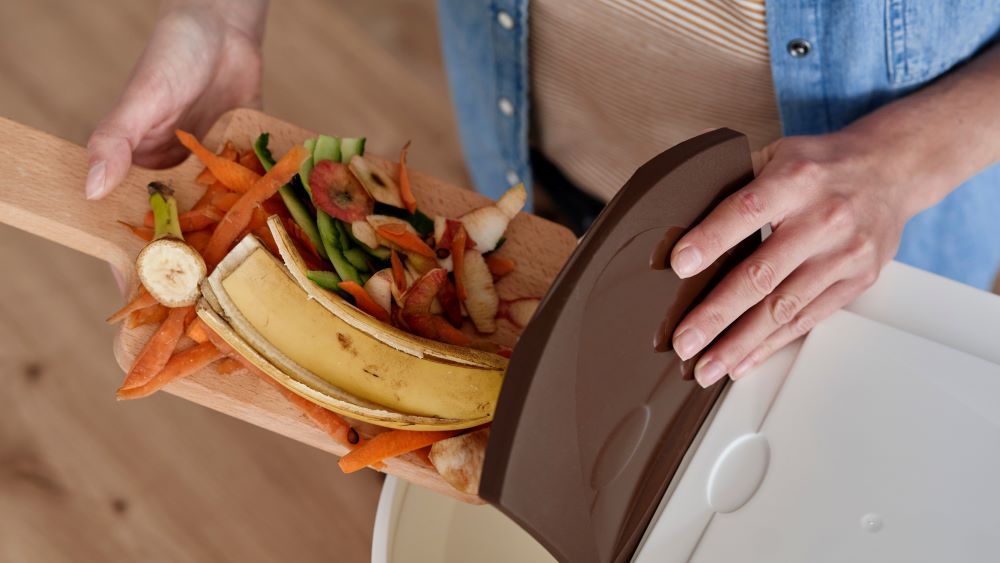
In 2018, about 146.1 million tons of municipal solid waste was sent to landfill. Food accounted for 24% of that waste!
The good news is that much of the organic waste we produce in our homes can be composted instead. Composting not only reduces the amount of waste going to landfills, but produces a product that is good for the soil and the planet. Better yet, it's a powerful ally against climate change!
Composting is a powerful tool in the fight against climate change on multiple fronts. By diverting organic materials from landfills, we can significantly decrease methane emissions - a greenhouse gas 25 times more potent than carbon dioxide. Returning rich compost to the soil sequesters carbon, effectively removing it from the atmosphere and storing it in a natural "carbon bank."
The benefits extend further by reducing our reliance on synthetic fertilizers. Compost enriches soil fertility, lessening the need for chemical fertilizers whose production contributes to greenhouse gas emissions. It also increases soil's resilience by improving moisture retention, helping it better withstand the drought and extreme weather impacts caused by climate change.
Your home compost pile is more than just a waste reducer! Beyond the global scale, your backyard compost pile provides a localized boost to the environment. It creates healthy soil that grows healthier plants and supports biodiversity by nurturing microorganisms, insects, and other wildlife. Composting reduces waste, replenishes nutrients, and promotes sustainable farming practices!
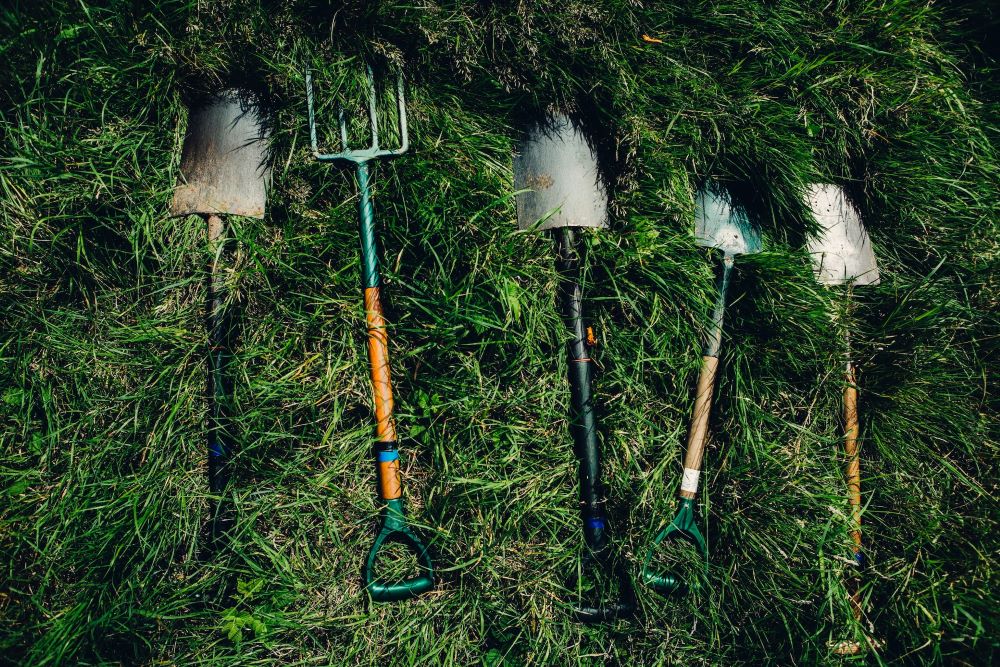
How Do I Start Composting at Home?
You can start composting at any time of year! While you can purchase a composting bin, if you have some extra space in your yard then you don’t have to.
There are several different methods for composting. In a backyard you'll want to choose between open pile, or closed bin composting:
Open Pile Composting is best for those who have more space and can ensure their compost pile is in an out-of-the-way location. An open pile may require more maintenance, but the material will break down sooner.
Closed Bin Composting is best for those who have smaller properties, or anticipate problems with pets and/or pests. There are several different options for composting bins: Enclosed bins, tumblers, rolling bins, and worm bins (vermicomposting).
How to Compost
Let's break down how composting works. It's a natural process where organic materials like leaves, veggie scraps, and paper decompose with the help of air, water, and microorganisms including bacteria and fungi. They break down the materials into nutrient-rich compost that improves soil quality. Understanding this process can help manage your compost pile effectively.
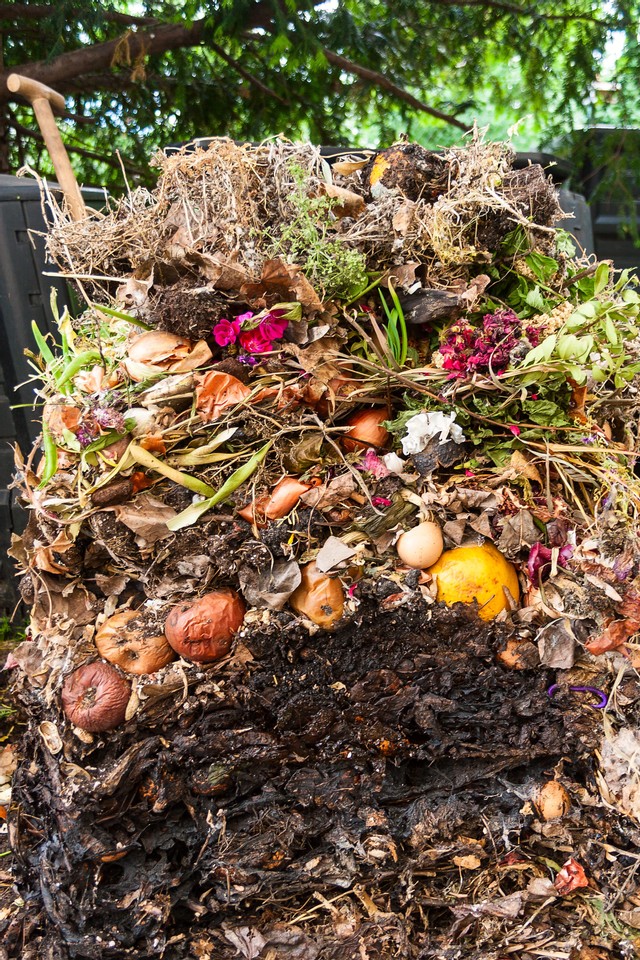
You need the right blend of materials, moisture, and oxygen for efficient decomposition:
- Browns (provides carbon). Carbon sources for your compost include: dead leaves, branches and twigs, paper coffee filters, compostable packaging, shredded paper, and cardboard.
- Greens (provides nitrogen). Good nitrogen sources for compost include: grass clippings, fruit and vegetable scraps, tea leaves, and coffee grounds.
- Water. Compost needs the right amount of moisture. If it is too dry the organic materials will not break down, too wet and it will begin to grow bad bacteria and may smell bad.
- Oxygen. Microorganisms in your compost use oxygen as they break down organic material.
Instructions:
- Choose a dry, shady spot close to a water source.
- Add your brown and green materials in alternate layers. You want to aim for a ratio of 3 parts browns to 1 part greens!
- Keep your compost moist (Be careful to not let it get too wet!)
- Introduce plenty of oxygen by regularly turning your compost. Some compost bins have a system built in to allow you to do this easily. If you’re using an open pile you can use a gardening fork to turn your compost.
- Repeat steps 2 - 4! Your compost is ready when it is dark brown.
Your finished compost will be ready somewhere between two months to a year. The amount of time it takes will depend on your climate, what goes into your compost, and how often you turn it.
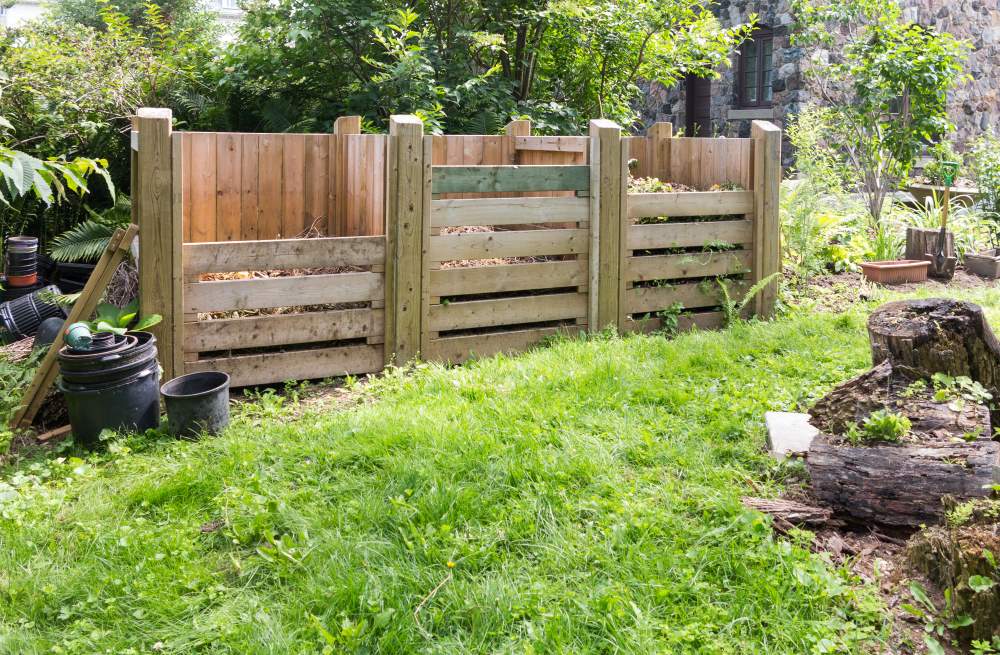
Practical Tips for Composting Packaging at Home
While there is no specific home composting standard in the USA, compostable packaging is designed to decompose within a reasonable timeframe in a well managed composting environment. Compostable packaging is non-toxic, ensuring the resulting compost is healthy for your soil. Keep in mind, the decomposition and disintegration rates in your home compost pile can vary based on local climate conditions, the season, the balance of carbon and nitrogen in your compost, and how well air circulates through your pile.
Here’s some tips to help you incorporate compostable packaging into your composting routine:
- Verify Compostability: Ensure the packaging is clearly labeled as "compostable." Compostable products have undergone strict testing to ensure that they break down within a specific time frame and do not release anything harmful into the environment. Products labelled only as biodegradable have no such requirements, meaning that they may not be as beneficial as they first appear. Find out more: Biodegradable vs Compostable: What's the Difference?
- Prep Your Packaging: Cut or tear the packaging into smaller pieces to speed up the composting process. Try to spread the pieces out to prevent them from clumping together. Smaller pieces provide more surface area for microorganisms to work on!
- Balance Your Bin: Compostable packaging is typically high in carbon, it would be included in the “browns” of your compost materials ratio. Balance it with nitrogen-rich materials like food scraps and lawn clippings. This helps maintain the carbon to nitrogen ratio necessary for effective composting.
- Maintain Your Compost Pile: Regularly turn your compost pile to aerate it, which helps maintain the necessary oxygen levels for decomposition. Also, keep the compost moist (but not too wet) to create the right environment for microbial activity.
- Monitor Decomposition: Keep an eye on how the packaging breaks down over time. If decomposition is slow, you may need to adjust moisture levels, aeration, or the balance of materials in your compost pile.
Now, find out what to do with that compost you've created!
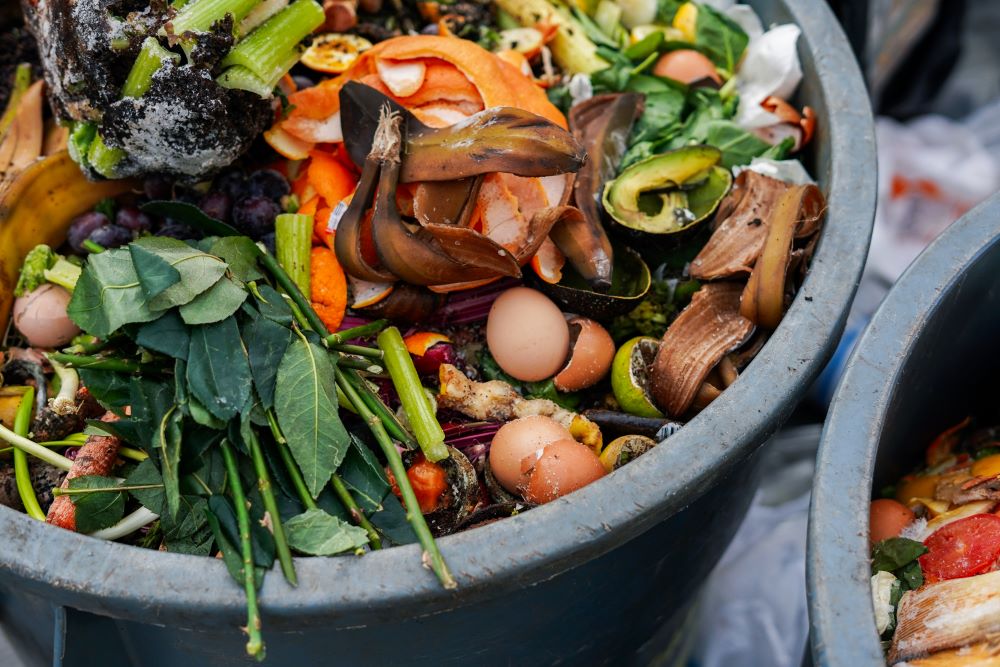
No backyard? No problem! If you don’t have an outdoor space to use for composting there are other options:
- Compost Collection: Sign up for compost collection in your area! Compost Now have a great map on their website so you can search for composters by state. The Elevate office in Chicago uses WasteNot Compost!
- Check with Neighbors: Some of your neighbors might like to use your kitchen scraps for their own compost! Or you could find out if a local community garden has a compost bin that you could use.
- Indoor Composting: Did you know that you can also compost indoors? Check out our indoor composting tips!
Composting is the best way to reduce the amount of waste sent to landfill. It can affect your purchasing decisions even before you produce any waste! Once you begin asking: can I put this in my compost? you’ll most likely find yourself making better choices for the environment.
Composting naturally recycles organic material into a product that enriches the soil and helps reduce climate change. Compost enables soil to support flourishing plants, trees, and crops.
*Posted Apr 2020, updated May 2024
 Loading... Please wait...
Loading... Please wait...



